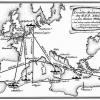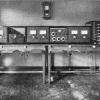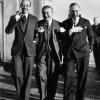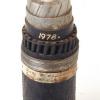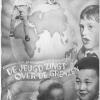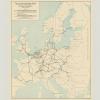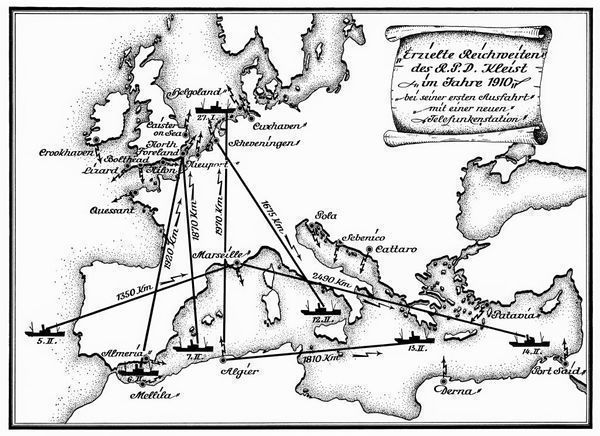Chaos in the airwaves
Radio broadcasting as a system of sending information, entertainment, and culture from a central point to a mass of receivers developed after the First World War. During the early 1920s, wireless broadcasting stations sprung up across the European continent. These stations broadcast their programs on whatever wavelength suited their purposes.
As the number and power of broadcasters increased, these transmissions started to cause considerable confusion in the European ether. Radio signals crossed borders unhindered and often created electrical interference with transmissions of stations in other countries. Listeners could no longer receive signals cleanly enough for a pleasurable listening experience.
These cross-border transmissions also sometimes exacerbated political tensions; for example, on the German-Polish border, where the Second World War eventually broke out. In a Europe where many state boundaries had only recently been redefined following the Great War, nationalistic programming or politically sensitive remarks could sour international relations or reopen old war wounds. The technical and political issues needed to be solved internationally.

How to cite this page
Suzanne Lommers, 'Chaos in the airwaves', Inventing Europe, http://www.inventingeurope.eu/governance/chaos-in-the-airwaves
Sources
- Fickers, Andreas, and Suzanne Lommers. “Eventing Europe: Broadcasting and the Mediated Performances of Europe.” In Materializing Europe: Transnational Infrastructures and the Project of Europe, edited by Andreas Fickers and Alexander Badenoch, 225–251. London: Palgrave, 2010.
- Lommers, Suzanne. Europe - On Air : Interwar Projects for Radio Broadcasting. Amsterdam: Amsterdam University Press, 2012.
- Wormbs, Nina. “Technology-Dependent Commons: The Example of Frequency Spectrum for Broadcasting in Europe in the 1920s.” International Journal of the Commons 5, no. 1 (2011): 92–109.





